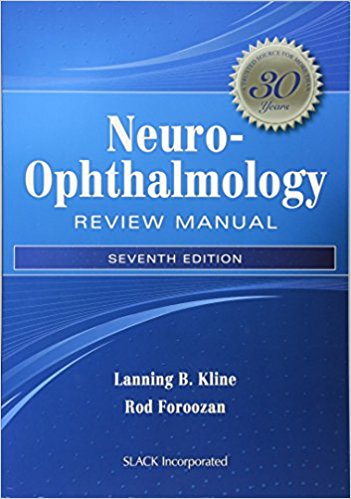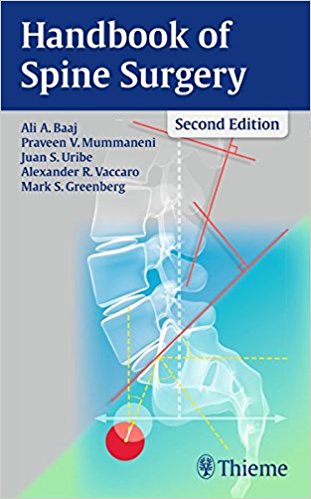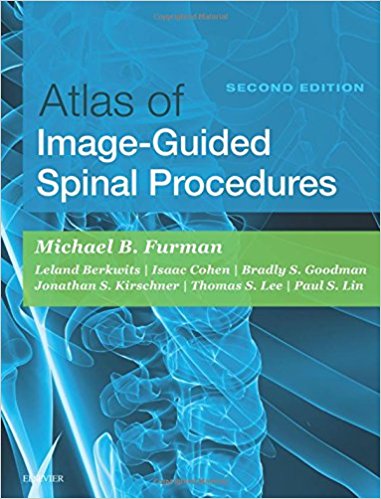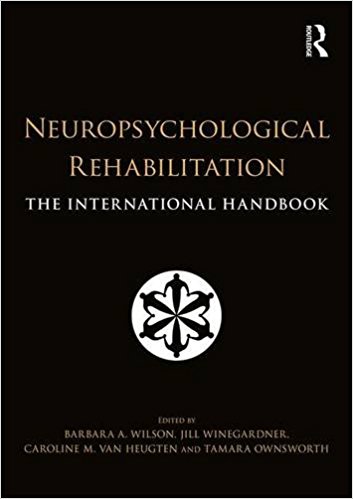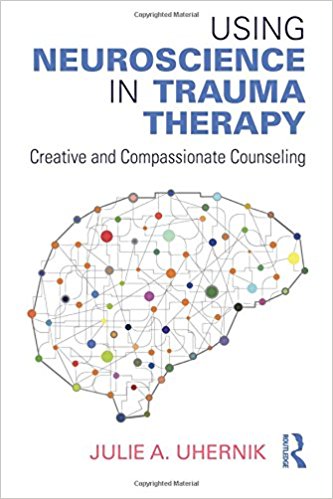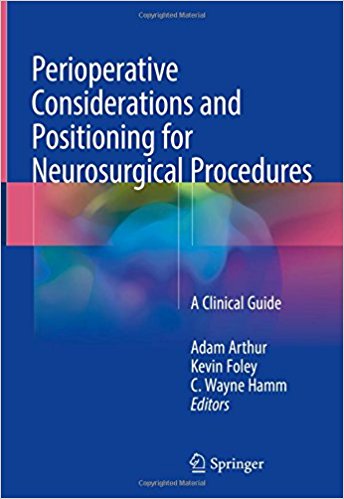Inderbir Singh’s Textbook of Human Neuroanatomy: Fundamental and Clinical 10th Edition
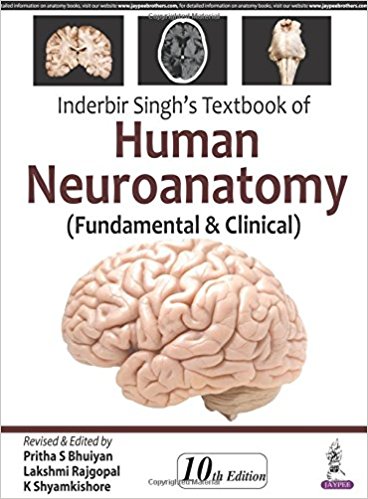
[amazon_link asins=’9352701488′ template=’ProductAd’ store=’aishabano-20′ marketplace=’US’ link_id=’1116612b-4c3f-11e8-8817-cbb26c361b47′]
This new edition is a comprehensive guide to the anatomy of the nervous system, for undergraduate medical students. Beginning with a general introduction to neuroanatomy, the following chapters each cover a different section, from the spinal cord, brainstem and cranial nerves, to the limbic system, autonomous nervous system, and much more. Each chapter features key learning objectives, clinical anatomy, and short notes, as well as multiple choice questions for self-assessment. Anatomical aspects of neurological conditions are illustrated in colour boxes and clinical cases have been added to each topic. The text is highly illustrated with clinical images including high resolution brain specimen photographs. Key points Fully revised, new edition providing undergraduates with a comprehensive guide to neuroanatomyEach chapter includes multiple choice questions for self-assessmentFeatures high resolution brain specimen photographsPrevious edition (9789350905296) published in 2014

